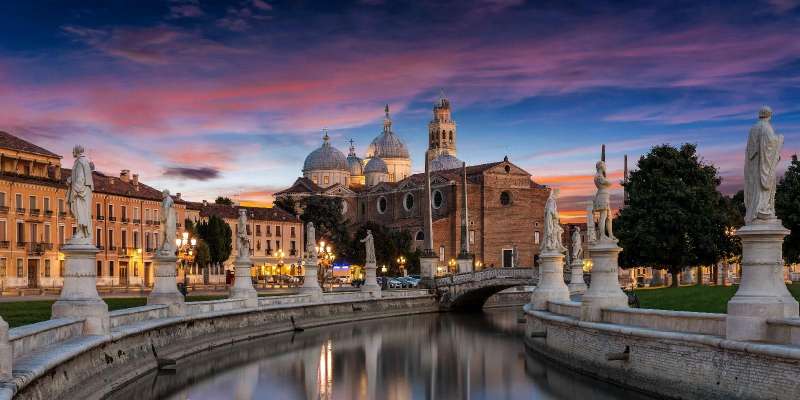- Home
- Useful Tips
- Best Padua walking routes for...
Padua's architectural wonders often get overshadowed by Venice, leaving visitors frustrated with generic itineraries that miss the city's true brilliance. Over 60% of day-trippers leave without seeing the UNESCO-listed Scrovegni Chapel frescoes properly, while hidden medieval merchant palaces go entirely unnoticed. The challenge isn't finding remarkable buildings – it's navigating Padua's layered history efficiently without wasting half your day in lines or circling back through the same piazzas. Architecture enthusiasts particularly struggle with timing visits to lesser-known masterpieces like the geometrically perfect Palazzo della Ragione when crowds thin. This leaves many settling for superficial glimpses rather than meaningful encounters with eight centuries of design evolution.


Beating the Scrovegni Chapel crowds without missing Giotto's genius
The 14th-century Scrovegni Chapel's revolutionary fresco cycle demands advance planning most visitors don't realize. Rather than joining the midday queues that stretch 90+ minutes, architecture buffs should target the 1pm lunch lull or last entry slots when natural light perfectly illuminates Giotto's perspective experiments. Pair this with the often-overlooked Eremitani Church next door – its bomb-damaged fragments showcase medieval construction techniques rarely visible elsewhere. Pro tip: The chapel's climate control means your 15-minute viewing window starts the moment you enter; study the Last Judgment's architectural details first before the more famous narrative panels.
A Renaissance walk only locals know – from courtyards to cosmic symbolism
Padua's university district hides a sequence of 16th-century marvels most walking maps omit. Start at the Bo Palace's anatomical theater, then follow the 'Via dei Sapienti' past Palazzo del Bò's hidden courtyard with its astrological carvings. The route culminates at the Specola Observatory tower, where Galileo's podium still stands. This 40-minute self-guided walk reveals how Renaissance architects embedded scientific discovery into building designs. For deeper insight, time your visit for weekdays when university staff sometimes permit peeks into normally closed loggias.
Where to stay for seamless access to Padua's architectural highlights
Choosing accommodation near Prato della Valle provides strategic advantages most hotels won't mention. This elliptical piazza sits at the crossroads of three architectural eras: medieval (Santa Giustina Basilica), Renaissance (Loggia Amulea), and neoclassical (the monumental fountains). Early risers can photograph the Basilica's perfect proportions in dawn light before tour groups arrive, while evening strolls reveal how architects used water reflections to double the Loggia's columns. Several historic residences here offer rooms with original wooden beams and sightlines planners deliberately designed centuries ago.
Decoding Palazzo della Ragione's structural secrets like an architect
Europe's largest medieval hall overwhelms visitors with its sheer scale, but understanding its engineering makes the experience transformative. The palace's 82-meter roof span required revolutionary timber trusses still studied today – examine the triangular supports visible from the stairwell before entering. Upstairs, the hall's false ceiling hides these marvels; instead focus on how the three-level window system creates perfect diffusion for the astrological frescoes. Local architects recommend visiting at 11am when sunlight aligns with the meridian line embedded in the floor, revealing how medieval builders turned buildings into astronomical instruments.



